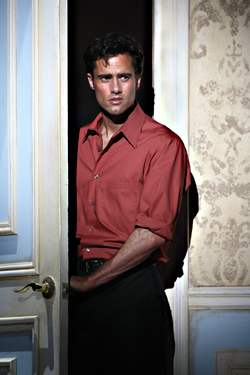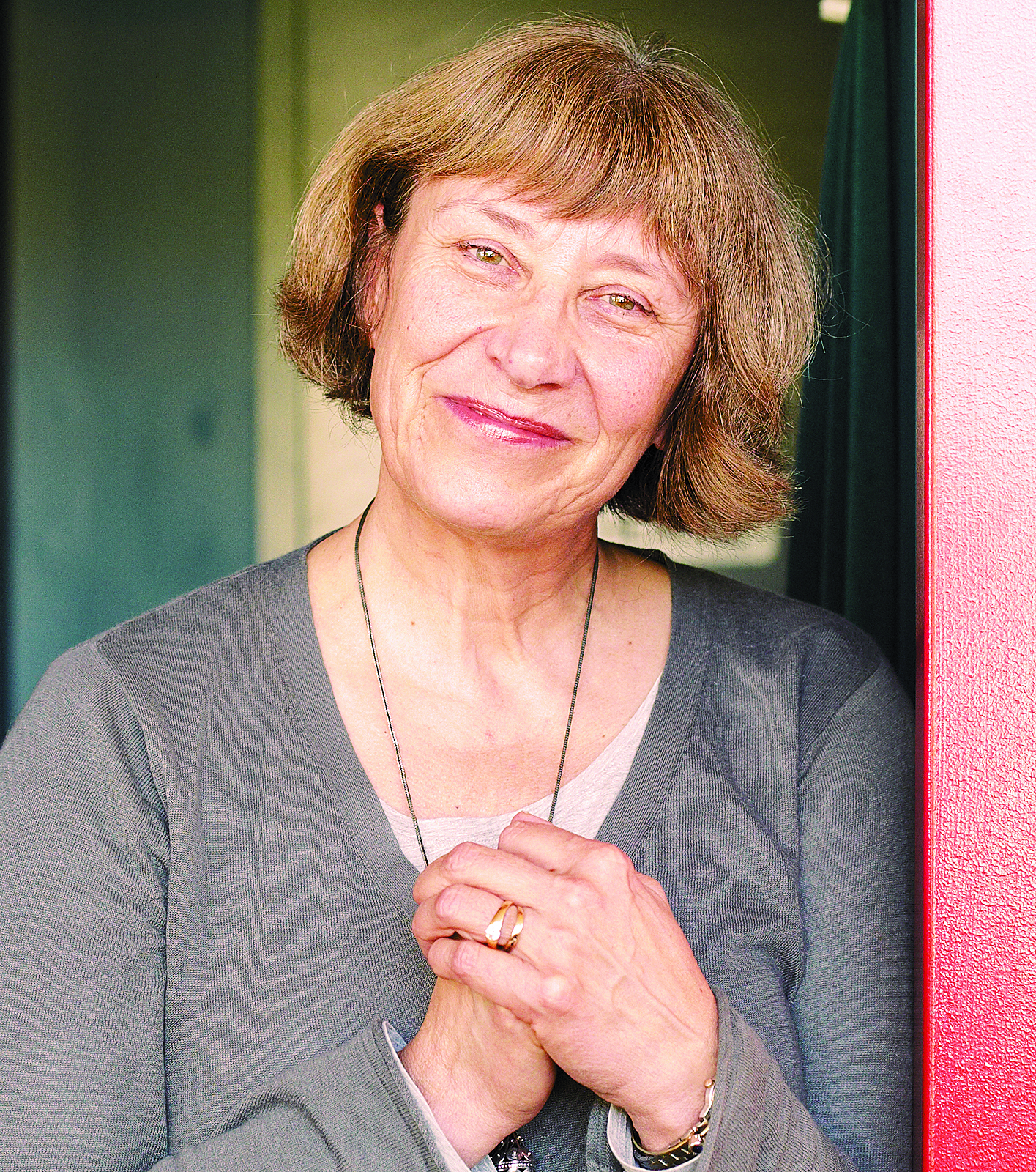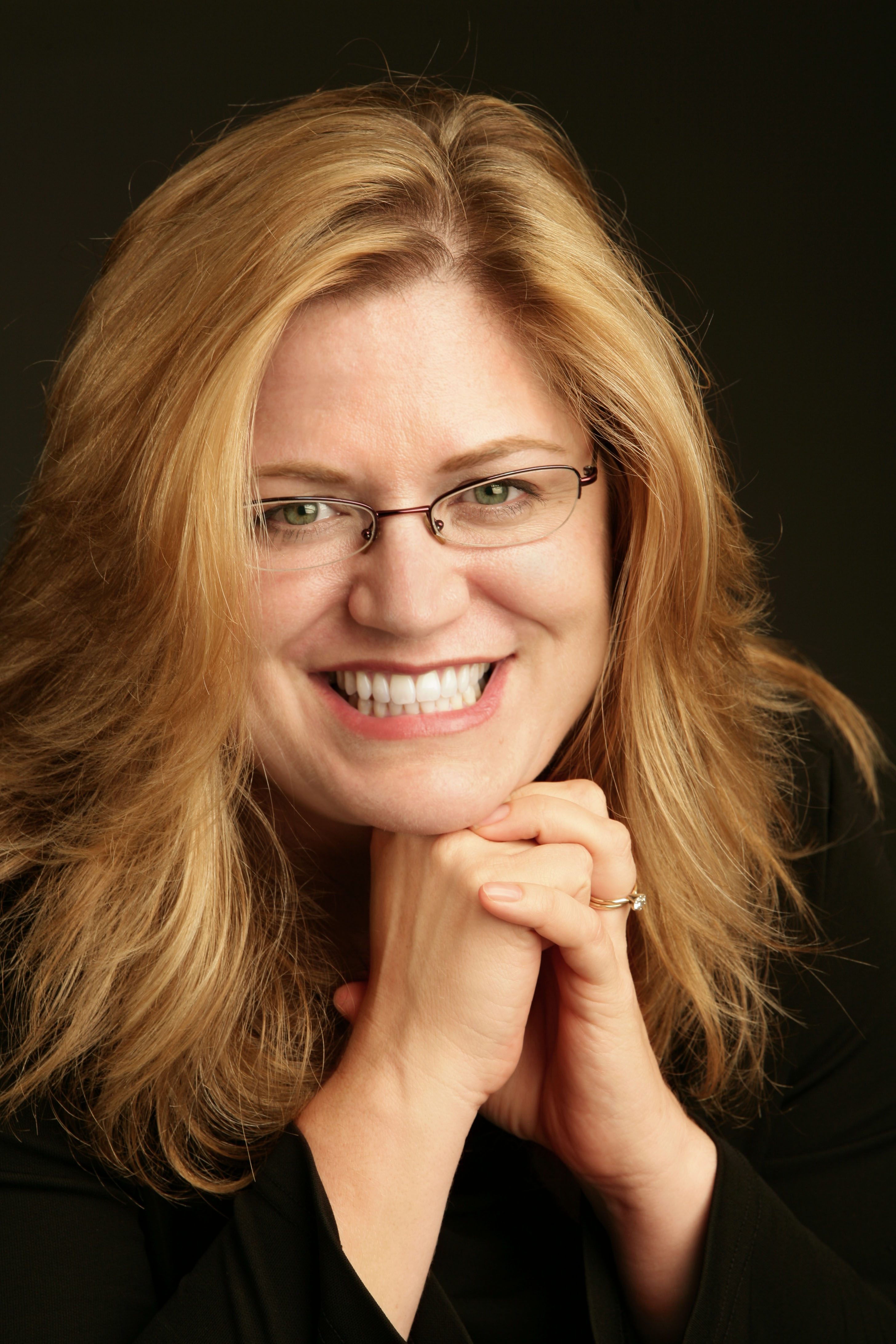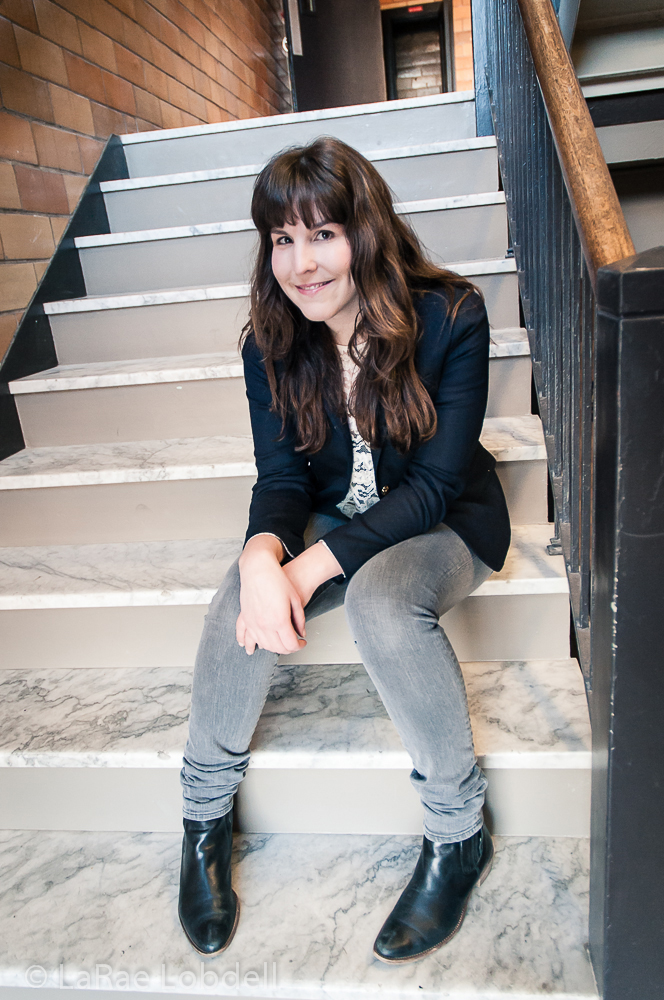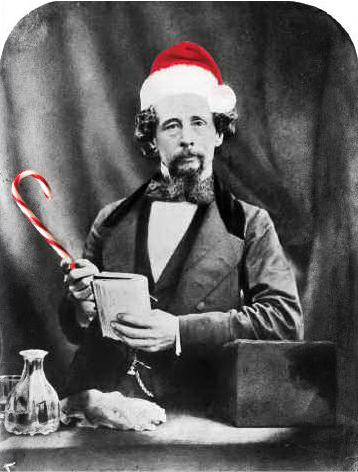Four years ago, I saw the first Seattle version of The Light in the Piazza at Intiman. Last week, I saw the return of the show, entirely recast and somewhat reshaped, at the Paramount, where it’s come as part of a national tour. I enjoyed it then, I enjoyed it now. The quality of this production is much more professional, with a larger cast and orchestra, and much more elaborate sets. So why did I find myself missing that show from the past?
Piazza is being sold as “coming home” to Seattle, but its history is more complicated than that. The show was originally workshopped in New York and at Sundance in Utah by its creators, Craig Lucas and Adam Guettel. They then brought the show to Intiman in 2003 for its gala production. (Producers these days tend to be leery about declaring anything a “world premiere”; when audiences hear that term, they feel like they’d better be the first ones seeing the show.) Then it went on to the Goodman Theatre in Chicago and some more changes, before ending up at Lincoln Center, where Intiman’s artistic director, Bartlett Sher, took over the directing reins from Lucas. That’s the production that swept last year’s Tonys—including Best Score for Guettel and Best Actress in a Musical for Victoria Clark—and what’s onstage at the Paramount now.
This production is not so much an improvement of the Intiman show as an amplification. The book and music of the show are still stubbornly intimate, with the majority of the musical numbers being solos or duets, but Sher’s task has been to translate this story of subtle deceptions and intense emotions into something that’ll fill a Paramount-sized house. That he’s largely successful says a lot about his skills as a director, but at times I found myself wondering if the firm hand of the professional smoothes out too many of the details that made Lucas’ original production so interestingly idiosyncratic.
A Broadway-style musical, more than any other form of theater, is a machine, with the actors’ performances precisely measured to the musical score. The challenge of the director is not only to make this machine hum but to let us see and admire all the individual components—the sets, the actors, the costumes—to impress us with just how elaborate and huge the undertaking is.
The original Intiman production didn’t feel like a “musical,” much less one that wanted to be on Broadway. It felt like a play with music, where characters didn’t burst into song due to an overwhelming emotion, but rather sang as an alternative form of speech. On the (comparatively) small Intiman stage, there was little need for stylized movement or elaborate stage pictures or—happiest of all—any miking of the actors.
Thankfully, even this version has no chorus of dancing waiters or perilous climbs up Il Duomo. It still tells a subtle story with deftness and delicacy. But amidst all of this elaborate stage scenery (buildings shift and turn when Clara is lost in the city at night) and all of the extra bodies on display (not just one but a mass of priests wander about the church), I found myself missing the “acoustic” version. In a wistful and unrealistic fashion, I was sorry to see how successful this show has become, like running into the fun friend from high school years later and regretting his suit and corporate manner.
As I worried over these and other questions, comparing memories to the live moment, I began to wish for some familiar face to root me again in the present. Then, as if summoned, John Procaccino came slouching onstage. The Seattle-based actor has a small role, just two scenes, as the insensitive husband of Margaret, whose distracted interaction takes place over the phone. That recognizable lopsided smile, his oddly asymmetrical pose, as if he’s lifted on one side by an invisible hook, were wonderfully comforting, a reminder of something simple and sweet from the earlier production (even though he wasn’t in it). It reminded me that although we weren’t its birthing place and were not where it gathered its awards, Piazza is in some significant ways a product of our city, its artists, and its sensibilities. We’ve good reason to be proud to have it back.
